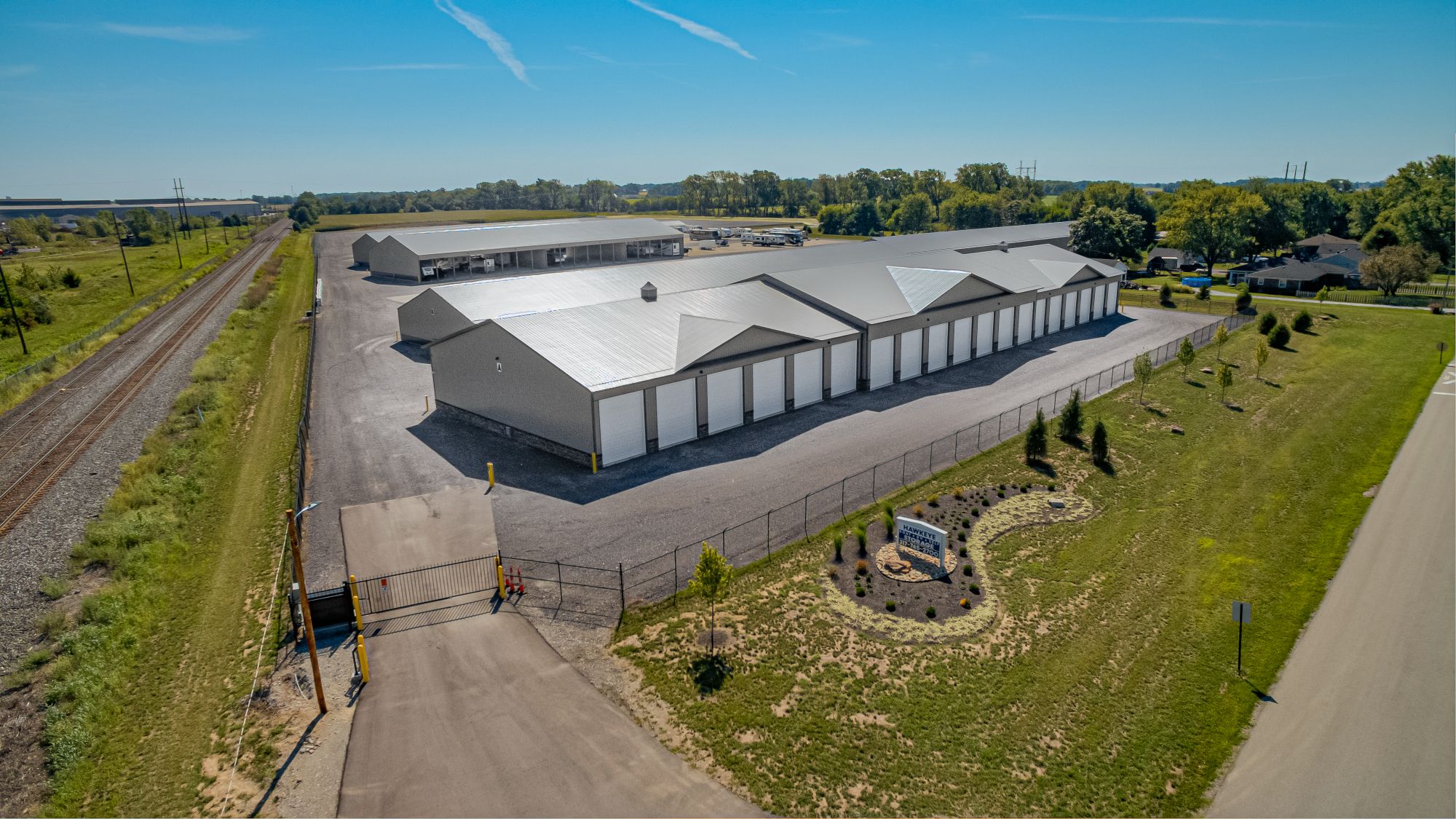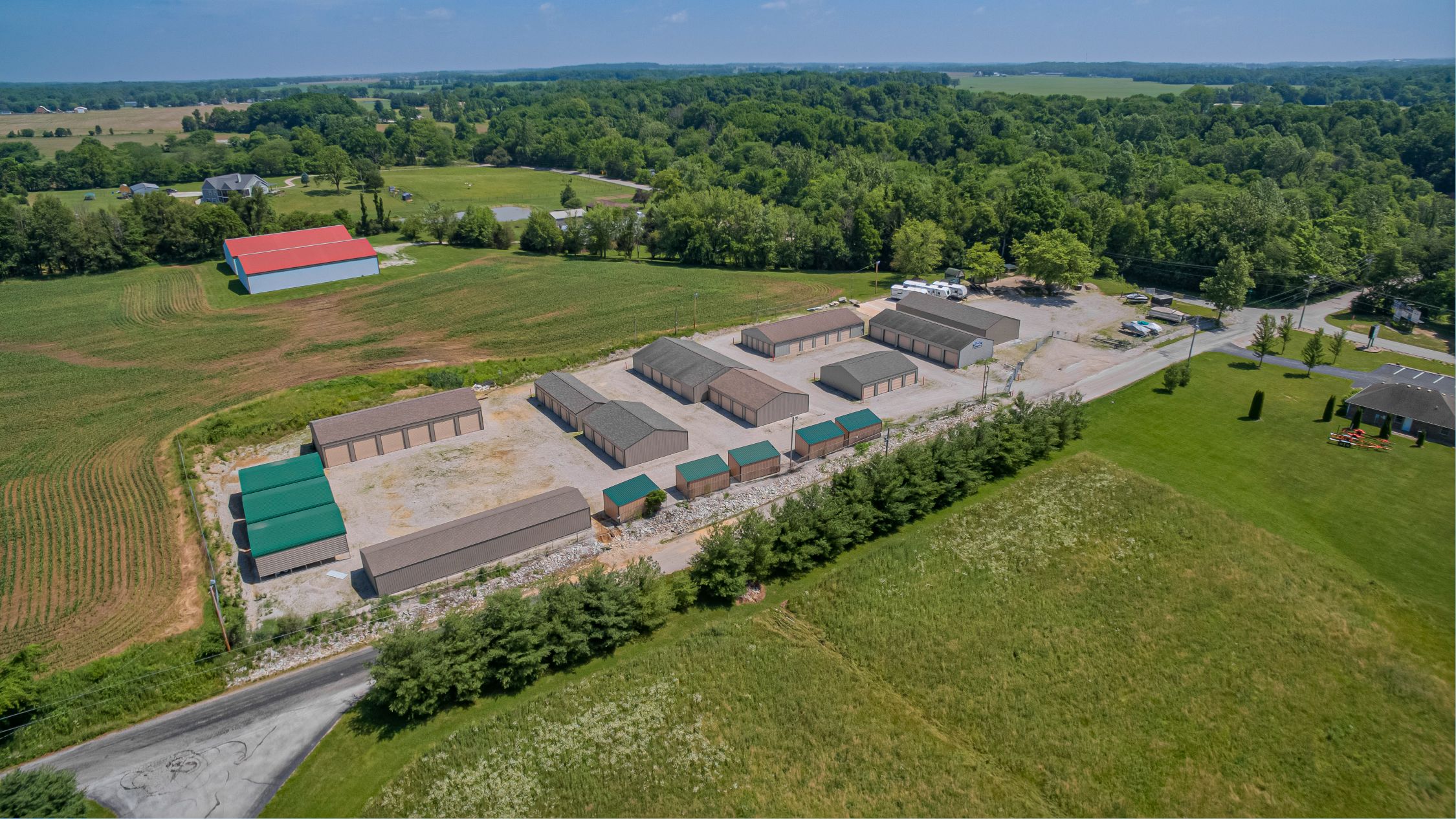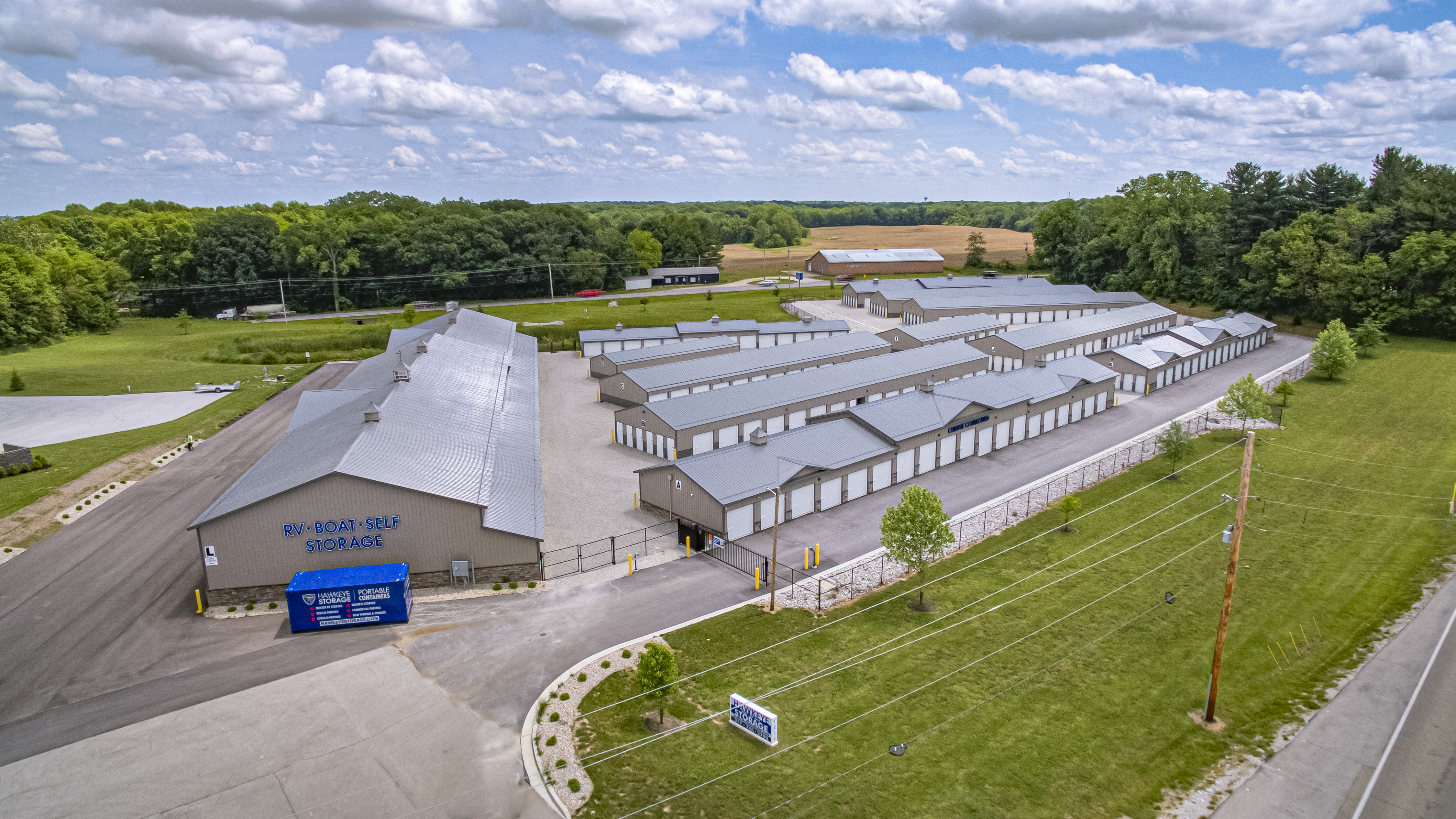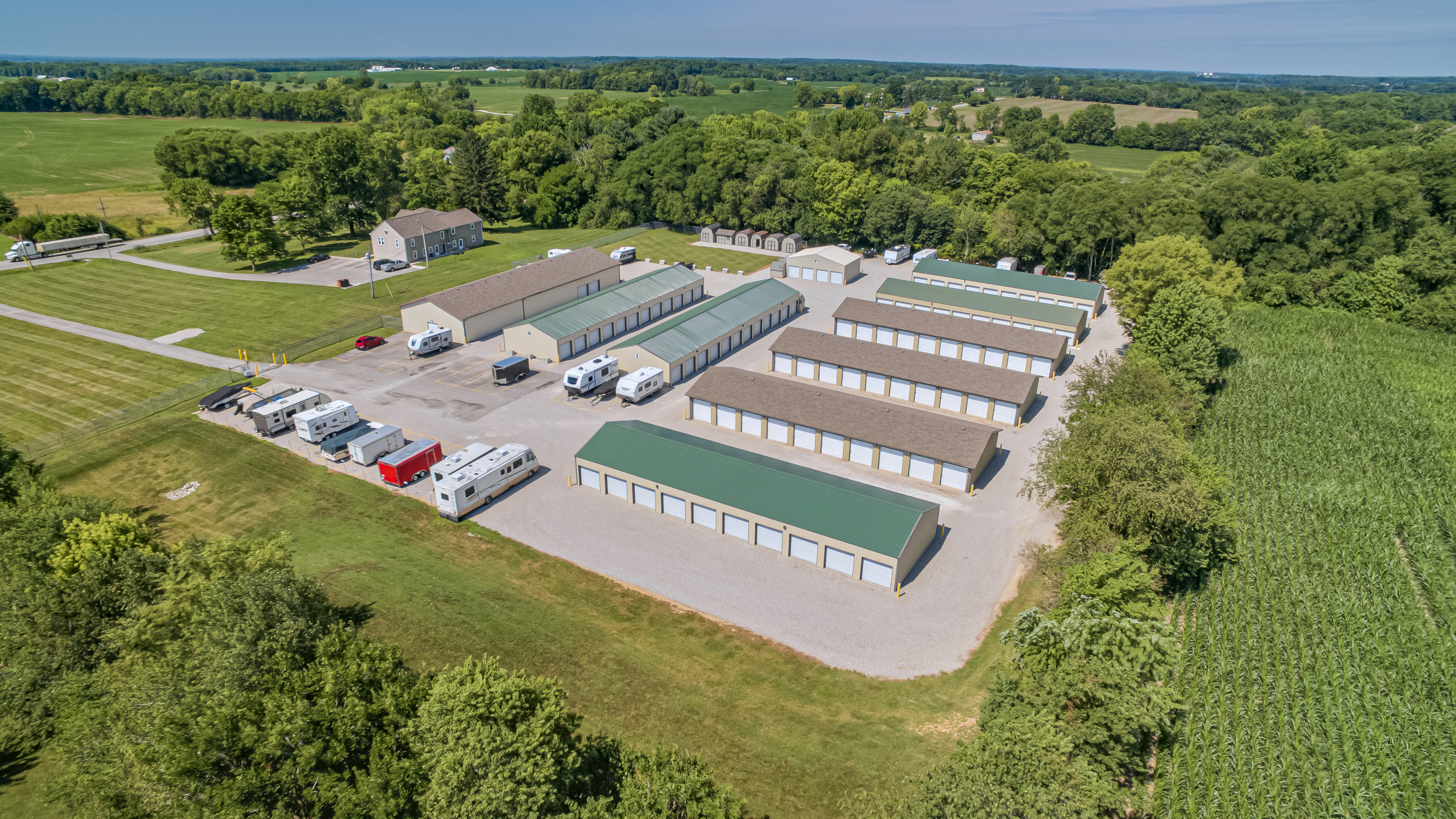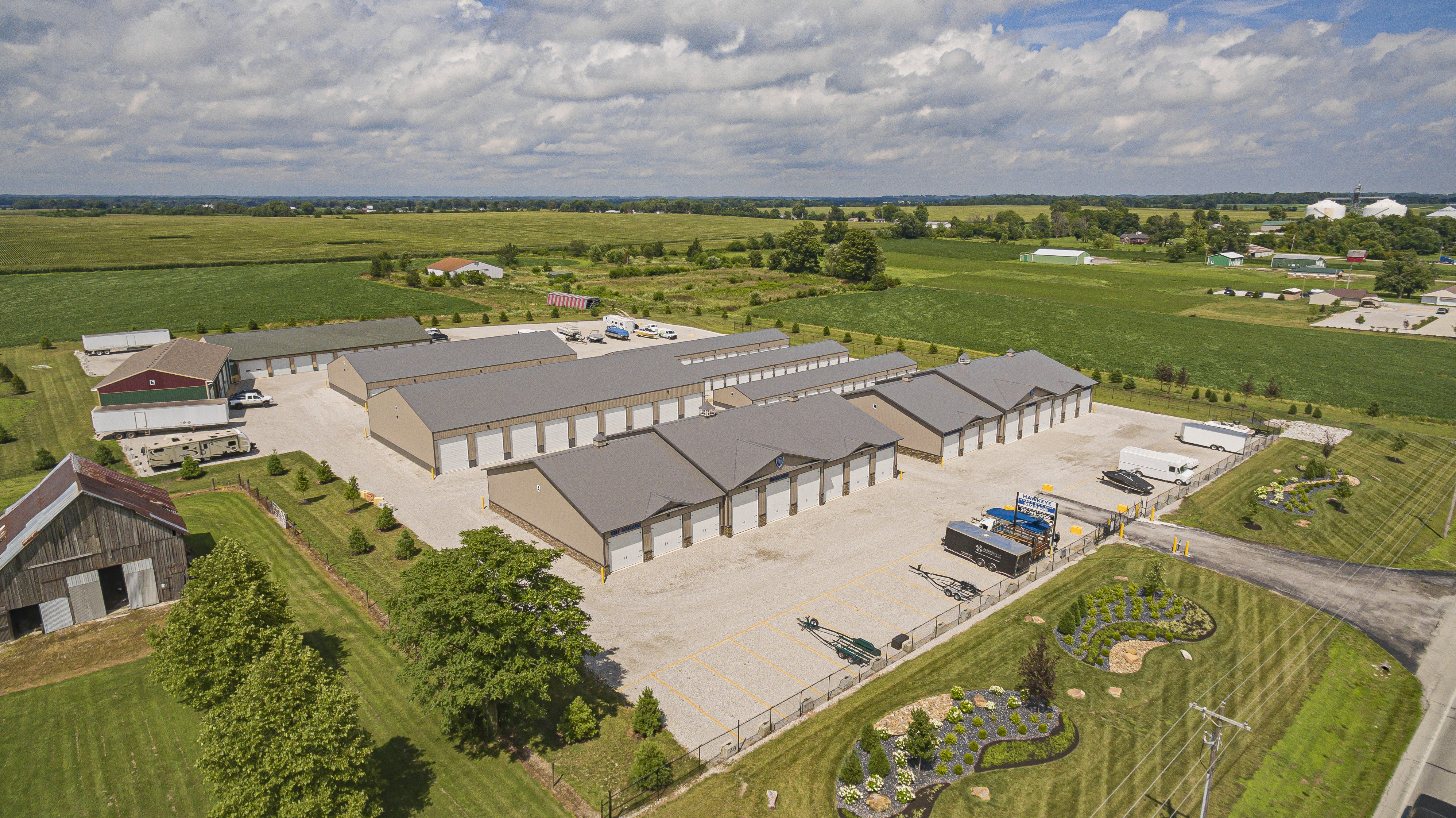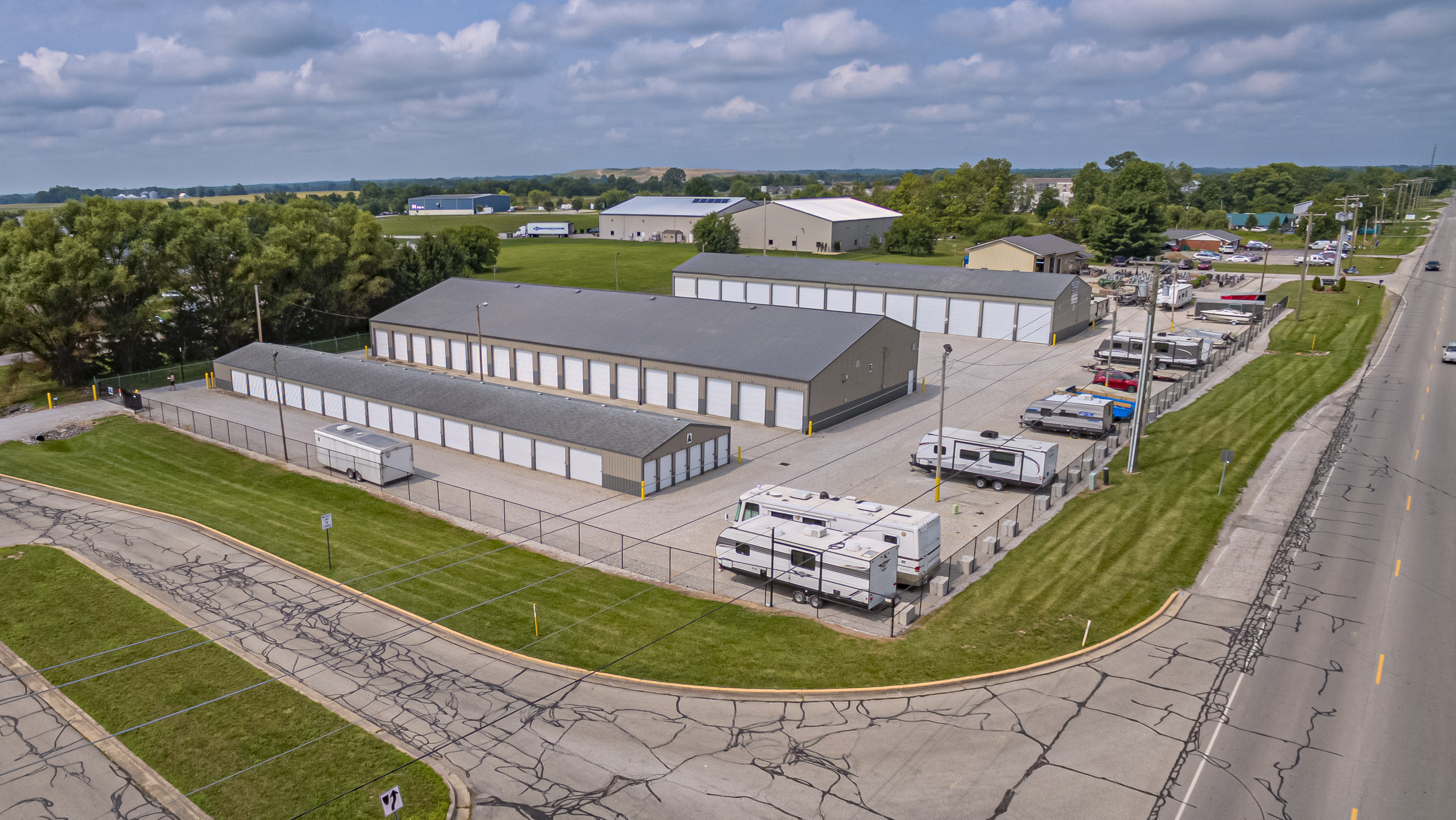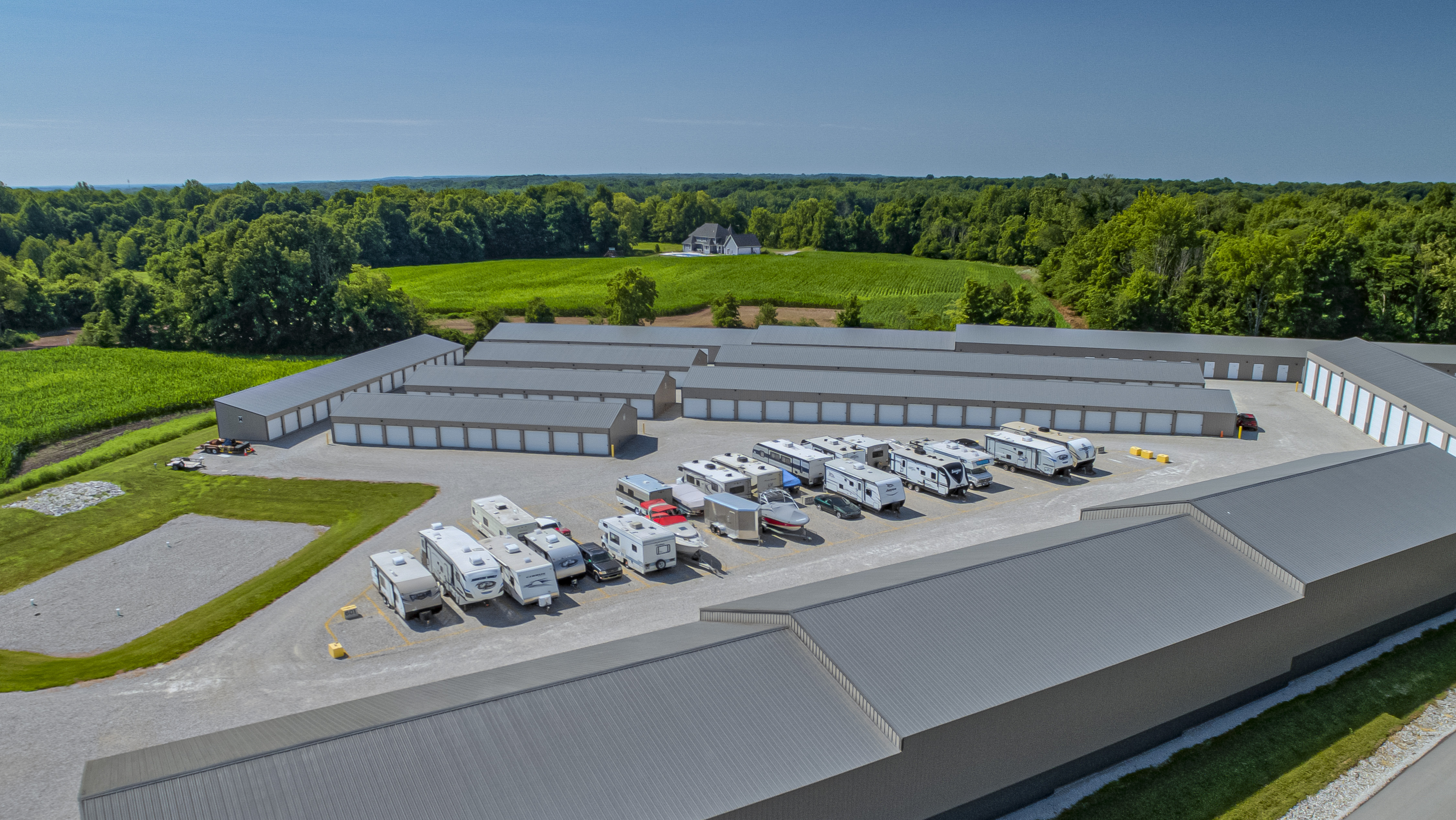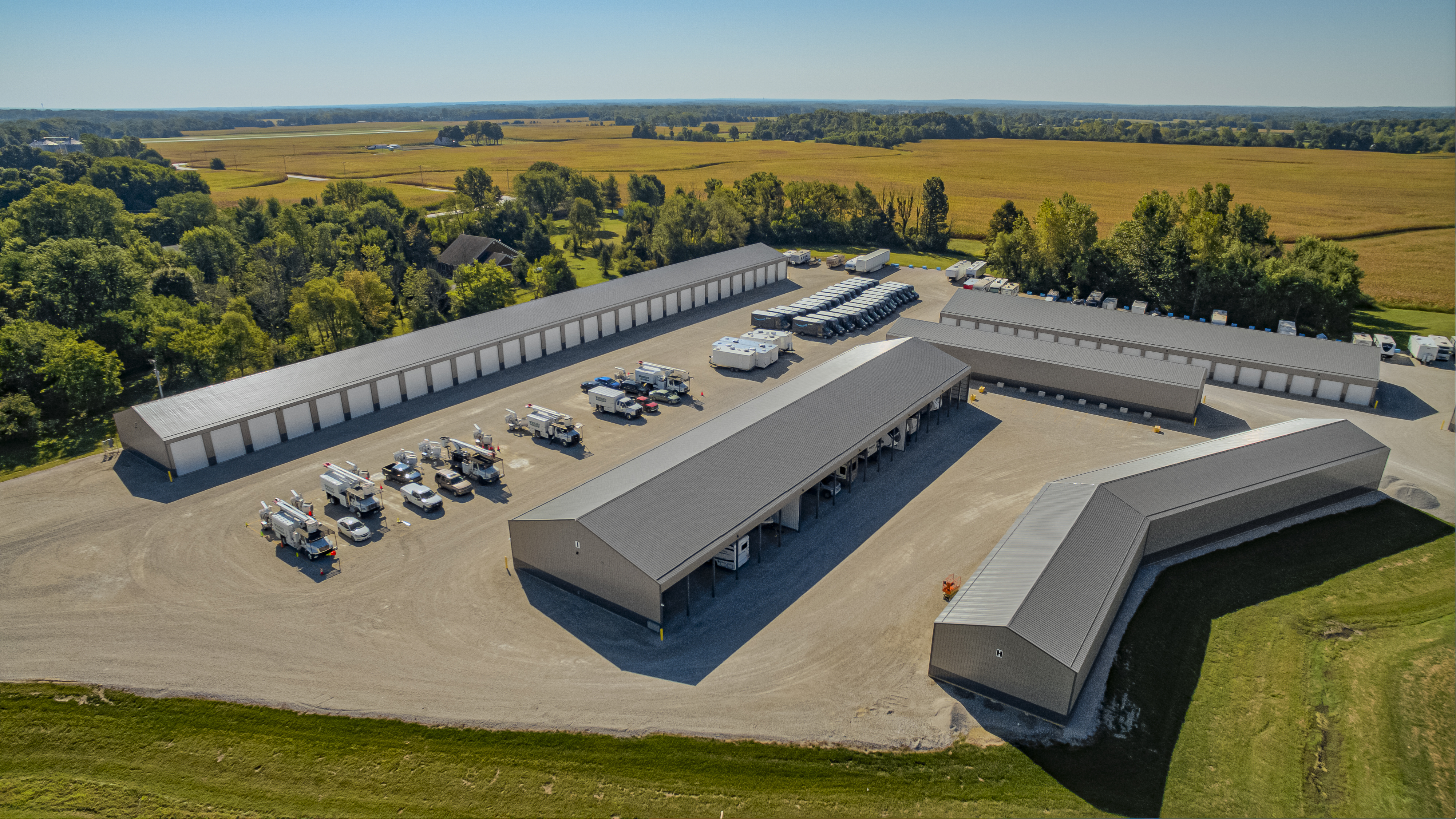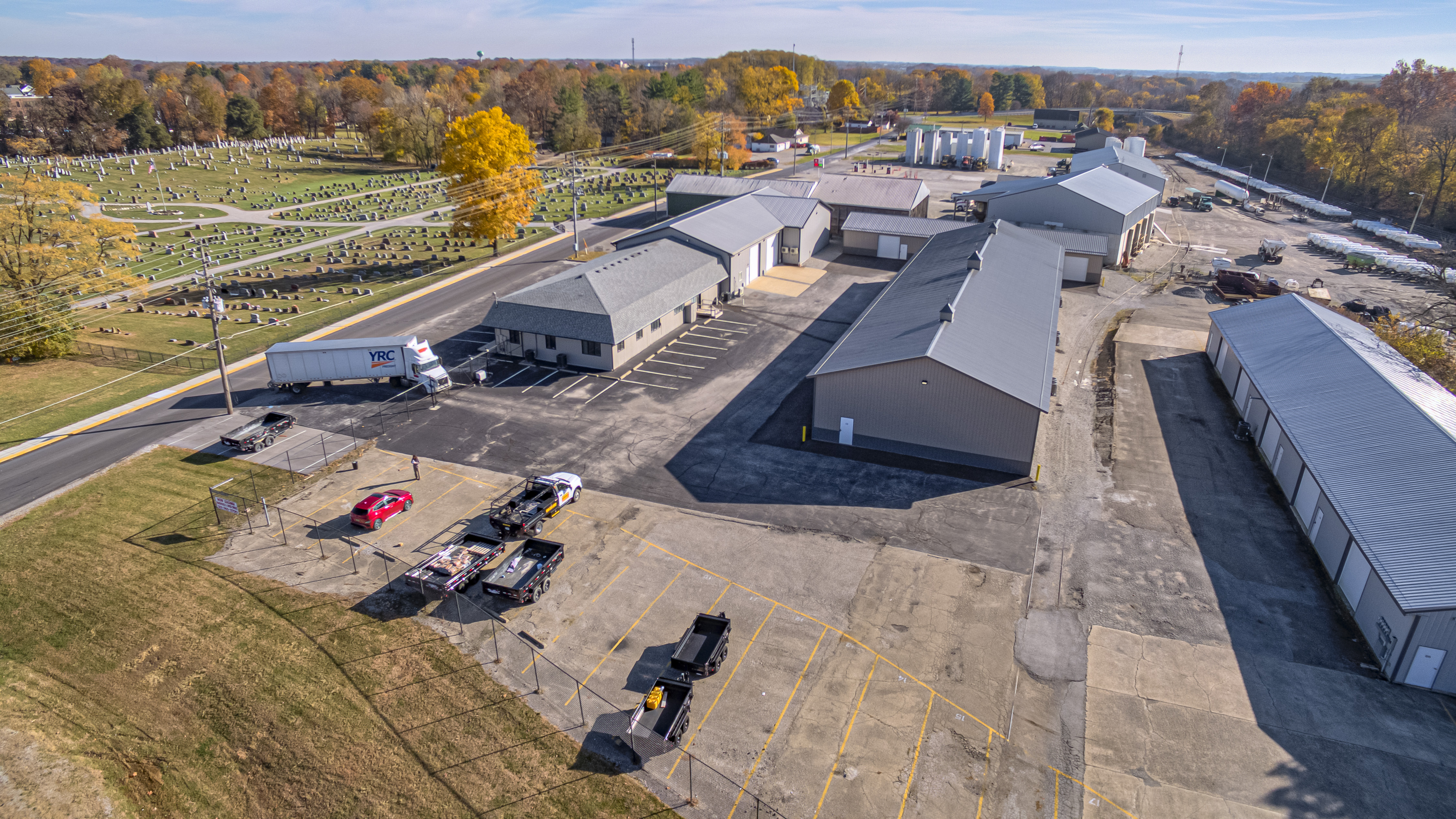How to Choose the Right Storage Unit Size for Your Boat
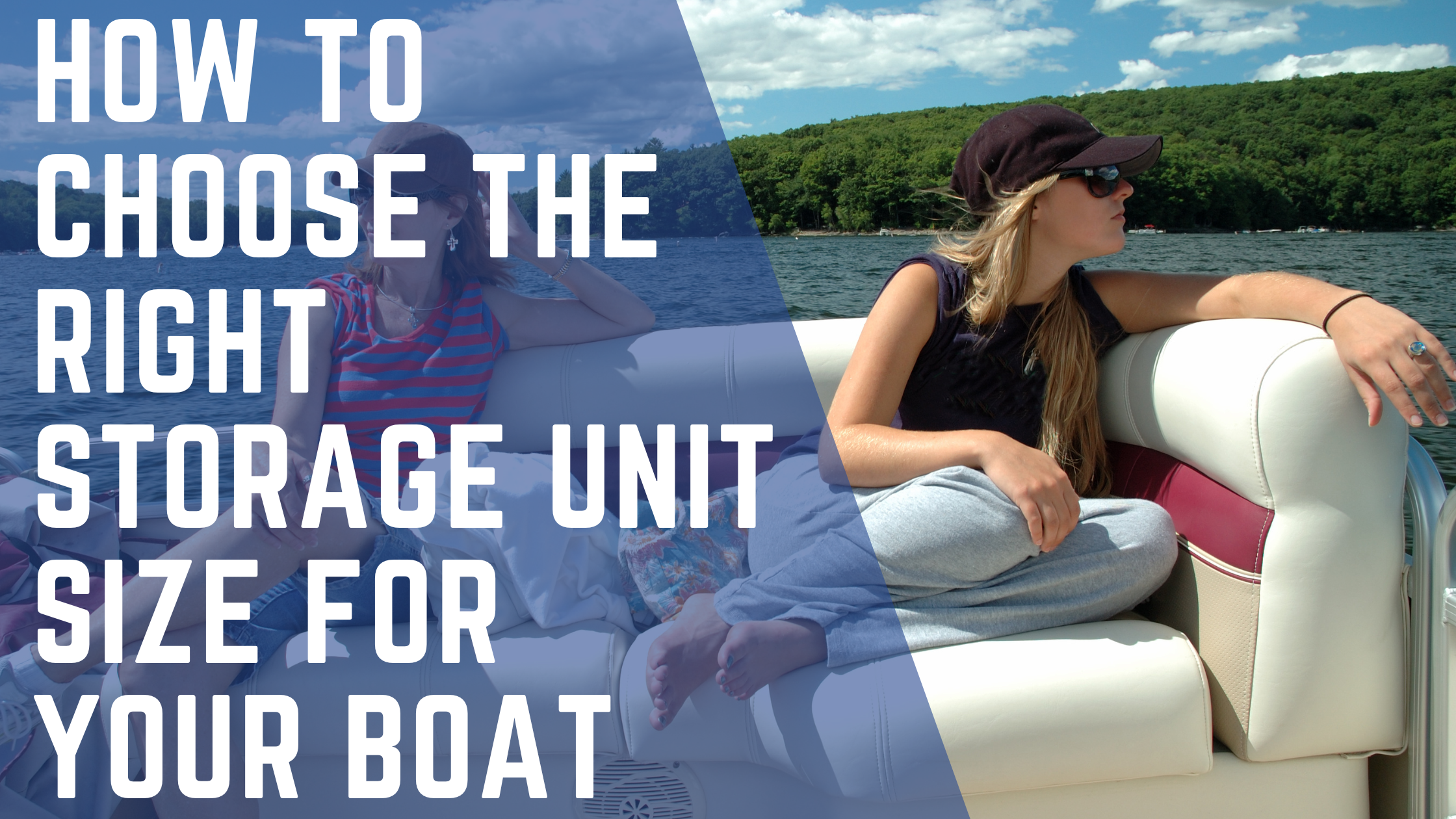
Choosing the right storage unit for your boat can feel like navigating uncharted waters. Size, type, cost, and location are just a few of the factors you need to consider. Here’s a guide to help you sail through this process smoothly and dock your prized possession in the perfect storage unit.
Determine Your Boat’s Dimensions
Before you can choose the correct storage unit, you need to know the exact dimensions of your boat, including its length, width, and height. Don't forget to include any additional equipment or accessories that may protrude, like antennas, trolling motors, or outboard engines.
Step by Step Size Guide:
To calculate the storage space required for your boat, including the boat and trailer, you need to consider the length of both the boat and the trailer tongue. Here's a step-by-step guide:
1. Measure the length of your boat:
Start by measuring the overall length of your boat from the farthest points, typically the bow (front) to the stern (back). Measure along the centerline of the boat for accuracy.
2. Measure the length of your boat trailer:
Measure the length of the trailer from the hitch (where it attaches to the towing vehicle) to the end of the trailer bed or the rear of the frame. This measurement should include the main body of the trailer and any additional extensions.
3. Measure the length of the trailer tongue:
The trailer tongue is the forward extension of the trailer that connects to the hitch. Measure from the hitch to the front end of the tongue.
4. Calculate the total storage space required:
Add the length of your boat, the length of the trailer, and the length of the trailer tongue. This will give you the total length needed for storage.
5. Consider additional clearance space:
Keep in mind that you may need additional clearance space around the boat and trailer for maneuvering, accessing storage compartments, or performing maintenance. It's advisable to add a few extra feet to your total length calculation to ensure sufficient space.
By accurately measuring the boat, trailer, and trailer tongue length, and accounting for any necessary clearance space, you can determine the appropriate storage space needed to accommodate your boat and trailer in a storage unit.
Types of Boat Storage Units:
Storage facilities usually offer three types of storage units for boats: indoor, outdoor, and covered.
- Indoor Storage Units are enclosed spaces that offer the most protection against weather and potential damage. They usually provide the best security and often include climate-control options. Keep in mind, though, that indoor storage units come in various sizes, and not all may accommodate larger boats. Hawkeye Storage offers a 15 x 50 ft unit to accommodate the largest of boats.
- Outdoor Parking is typically more affordable and can accommodate boats of all sizes. However, they offer less protection from the elements.
- Covered Storage strikes a balance between indoor and outdoor storage. They provide a roof for protection from sun and rain but are generally open on the sides. You can think of this like a carport.
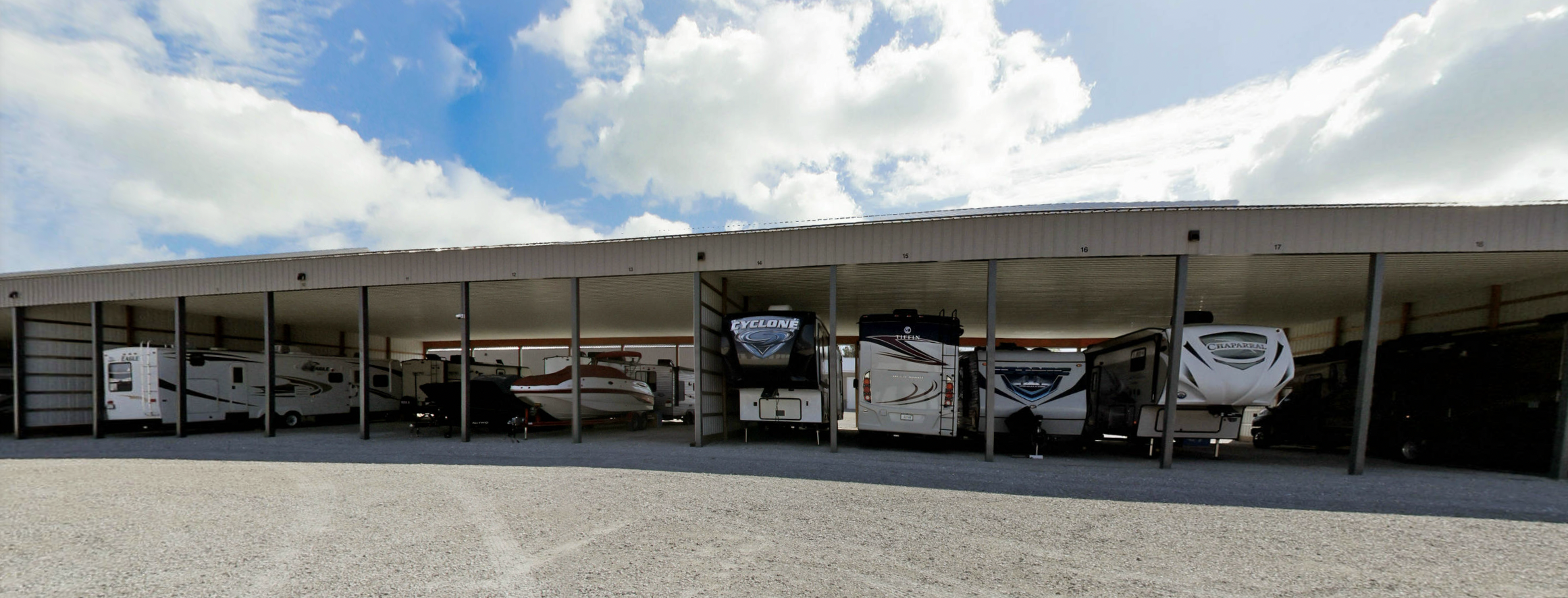
Comparing Boat Storage Options: Standard Parking, Covered Parking, and Fully Enclosed Storage
When choosing between a standard parking space, covered parking, or fully enclosed storage for your boat, it's essential to consider the specific needs of your boat and your preferences. Here's a breakdown of the pros and cons of each option:
Standard Parking Space:
Pros:
- Cost-effective: Standard parking spaces tend to be the most affordable option for boat storage.
- Convenient access: With an open-air parking space, you can easily access your boat without any physical barriers or limitations.
- Suitable for short-term storage: If you plan to use your boat frequently or need it readily accessible, a standard parking space allows for quick entry and exit.
Cons:
- Limited protection: Standard parking spaces provide minimal protection from the elements, leaving your boat exposed to weather conditions, such as sun, rain, and debris.
Covered Parking:
Pros:
- Weather protection: Covered parking offers partial protection from the elements, shielding your boat from direct sunlight, rain, and debris.
- Better preservation: The covering helps prevent fading, oxidation, and damage to your boat's exterior due to sun exposure.
Cons:
- Limited coverage: Covered parking may not provide complete protection from wind, moisture, or extreme weather conditions, leaving some areas of your boat exposed.
- Less accessibility: Covered spaces may have limited maneuverability and may require more effort to park or remove your boat compared to standard parking spaces.
- Higher cost: Covered parking typically comes at a higher price point compared to standard parking spaces.
Fully Enclosed Storage:
Pros:
- Maximum protection: Fully enclosed storage units offer the highest level of protection from weather elements, UV rays, dust, and debris. Your boat is shielded from all sides, maintaining its condition and extending its lifespan.
- Enhanced security: Enclosed units are typically equipped with secure access controls, surveillance systems, and additional security features, providing optimal protection against theft or vandalism.
- Additional storage space: Enclosed units often offer extra space for storing boat accessories, maintenance equipment, and personal items related to boating.
Cons:
- Higher cost: Fully enclosed storage units are generally the most expensive option due to the increased level of protection and security they offer.
- Less natural ventilation: Since fully enclosed units are sealed, there may be limited natural airflow, which could lead to increased humidity levels. Proper ventilation or climate control measures may be necessary to prevent moisture-related issues.
Consider your budget, the value and condition of your boat, the climate in your area, and your storage needs when deciding between a standard parking space, covered parking, or fully enclosed storage. It's advisable to visit storage facilities, discuss their offerings, and assess the suitability of each option based on your specific requirements before making a decision.
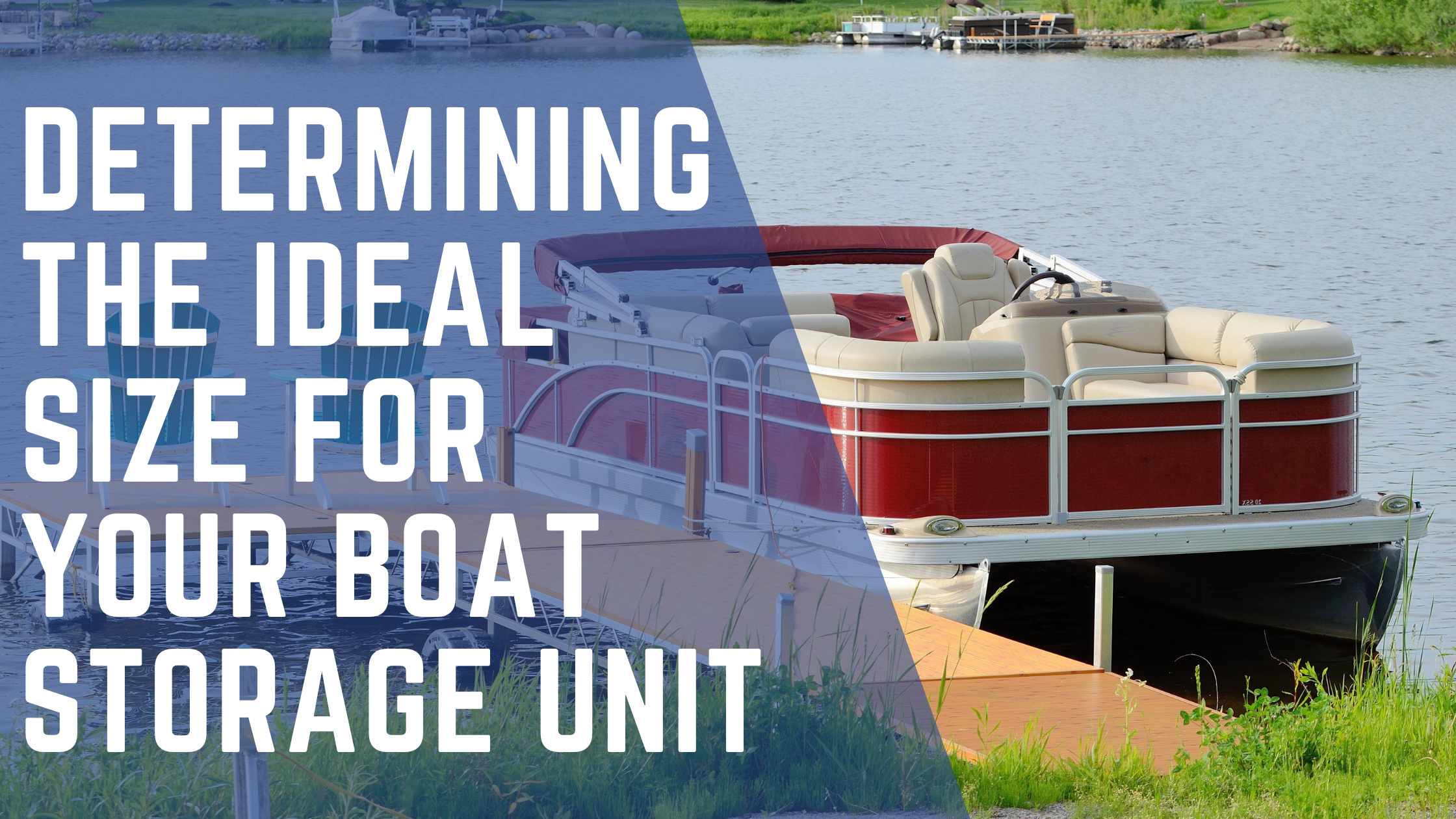
Size of the Storage Unit
While a storage unit's square footage is important, the unit's shape also plays a significant role in fitting your boat. Consider the following:
- Small Units (5'x10', 10'x10'): These are usually more suited for small watercraft like jet skis or small fishing boats.
- Medium Units (10'x15', 10'x20'): These units may accommodate smaller boats, including some types of fishing boats or small sailboats.
- Large Units (10'x25', 10'x30', 12’x30’, 15’x35’, 15’x50’: These units are typically suitable for most motorboats, larger fishing boats, and pontoon boats.
Remember, you’ll also need to consider the unit's door width and height, as well as any tight turns or obstructions in the facility that could make maneuvering your boat tricky.
Accessibility and Additional Amenities
In addition to size, consider how often you'll need to access your boat and whether you'll require any additional amenities. Facilities like ours at Hawkeye Storage offer options such as 24/7 access and some of our units offer electricity and climate control.
Conclusion
Choosing the right storage unit for your boat involves a bit of planning and foresight, but with the right guidance, you can ensure your vessel is safely and conveniently stored when not in use. As always, our team at Hawkeye Storage is here to help you make the best decision for your boat storage needs. Contact us today to learn more about our boat storage options.

